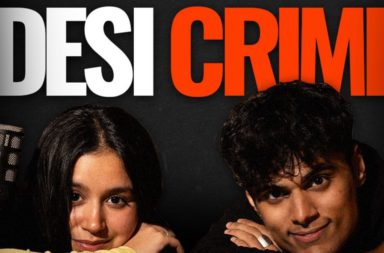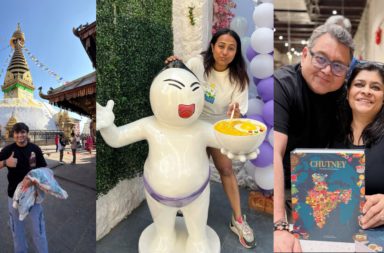We live in a world where communications have become fast-paced and where brevity and efficiency reign supreme. Emojis have emerged as a knight in shining armour expressing millions of emotions and words through a single icon. They have emerged as a ubiquitous language of their own. These small, colourful icons have revolutionised the way we express ourselves online, bridging gaps and adding depth to our conversations. This World Emoji Day, Social Nation also spoke to popular Creators learning about their take on these Emojis. Before learning about your Creator’s Emoji preferences, Let’s take a lighthearted look at the evolution and impact of emojis.

From Emoticons to Emojis
The journey of expressing emotions through symbols began with simple emoticons like 🙂 and :-(. However, emojis took it to a whole new level by introducing a vast array of expressive icons representing various emotions, objects, activities, and even cultural references.
Universality and Language Barriers
One of the most remarkable aspects of emojis is their ability to transcend language barriers. Regardless of what language one speaks, an emoji carries the same meaning universally. Emojis have become a unifying force in global communication, fostering understanding and empathy.
Also Read: Prime Video’s Mission Start Ab To Put New Founders In The Limelight
Adding Context and Nuance
Text-based conversations often lack tone and facial expressions, leading to misunderstandings. Emojis offer a solution by providing additional context and nuance. A well-placed emoji can convey sarcasm, excitement, or concern, making our digital interactions more meaningful and less prone to misinterpretation.
Emoji Trends and Memes
Emojis have become an integral part of internet culture and meme creation. Memes often use emojis to amplify humour, convey relatable experiences, or create a visual punchline. From the crying-laughing face to the facepalm, emojis have become the visual cues that shape our digital humour.
Emoji Innovation and Inclusivity
Emojis continue to evolve to reflect the diverse world we live in. There have been significant strides in diversifying skin tones, adding representation for different genders, and including emojis that celebrate various cultures, professions, and identities.
Emoji Impact on Marketing and Branding
Brands have recognised the power of emojis to engage with their audience. Many companies incorporate emojis in their marketing campaigns, leveraging the emotional connection and familiarity they evoke. Emojis enable brands to communicate in a more playful and relatable manner, forging a deeper connection with consumers.
Creators on their Emoji Preferences
If you could be one emoji for the rest of your life, what would you be and why?
Shreya Gupto: 🥹, because I’m constantly overwhelmed.
Shruti Sinha: 🤓 that’s literally my face.
Rajat: If I could be one emoji I would be ☺️ because I have been told that my eyes become small when I smile.
What is the meaning of 🙆🏻♂️ emoji according to you?
Shreya Gupto: Oh nooo !!!
Shruti Sinha: Oh my god, no!!!!
Rajat: I have a feeling this emoji is a person at a music festival or concert with their hands in the air just vibing and throwing a love sign.
What is your most used emoji?
Shreya Gupto: 🤗
Shruti Sinha: 🤓 and 😂
Diksha Rawat: 🥹 – it expresses both joy and sadness for me and I think that is why it’s one of my favourites.
Emojis have undeniably become an integral part of our conversations, sprinkling spice, humour and emotions, into the way we communicate in the digital realm. These tiny icons transcend language barriers, add depth to our messages, and provide a visual representation of our emotions. As we continue to navigate the ever-evolving landscape of digital communication, emojis will undoubtedly play a vital role in shaping our conversations and fostering connection in the years to come. So, the next time you send a message, don’t forget to add a splash of colour with your favourite emojis!


